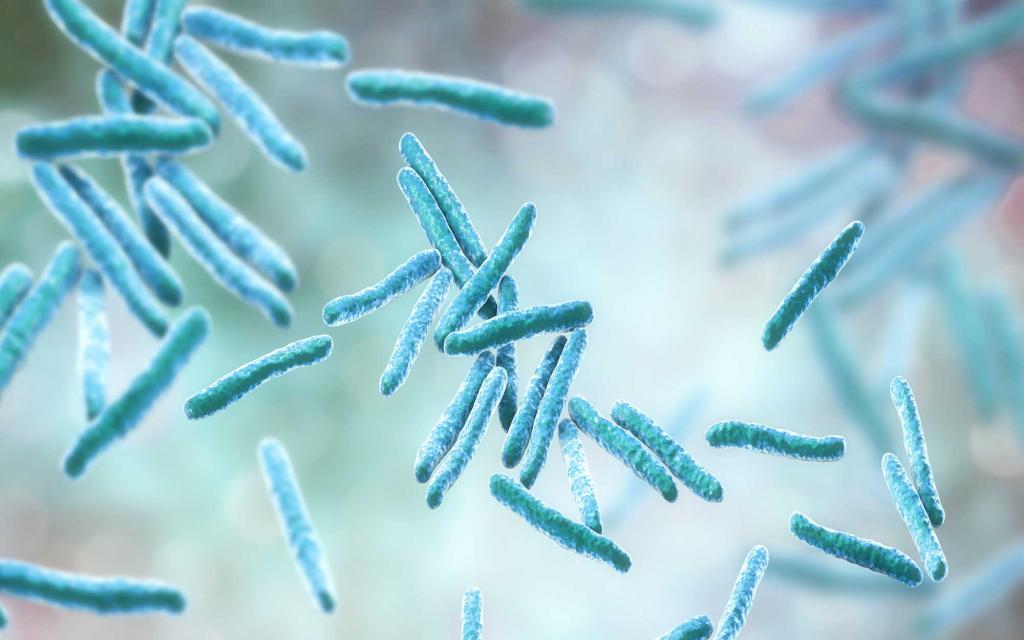Study: Using Artificial Intelligence to Improve Tuberculosis Treatments
Researchers in the Aldridge Lab have devised rules for a faster, more effective way to identify potential new drug cocktails against this infectious disease

In a recent study, published in the September issue of Cell Reports Medicine, researchers from Tufts University used data from large studies that contained laboratory measurements of two-drug combinations of 12 anti-tuberculosis drugs. Using mathematical models, the team discovered a set of rules that drug pairs need to satisfy to be potentially good treatments as part of three- and four-drug cocktails.
The use of drug pairs rather than three- and four- drug combination measurement cuts down significantly on the amount of testing that needs to be done before moving a drug combination into further study.
“Using the design rules we’ve established and tested, we can substitute one drug pair for another drug pair and know with a high degree of confidence that the drug pair should work in concert with the other drug pair to kill the TB bacteria in the rodent model,” says Bree Aldridge, associate professor of molecular biology and microbiology at Tufts University School of Medicine and of biomedical engineering at the School of Engineering, and an immunology and molecular microbiology program faculty member at the Graduate School of Biomedical Sciences. “The selection process we developed is both more streamlined and more accurate in predicting success than prior processes, which necessarily considered fewer combinations.”
The lab of Aldridge, who is corresponding author on the paper and also associate director of Tufts Stuart B. Levy Center for Integrated Management of Antimicrobial Resistance, previously developed and uses DiaMOND, or diagonal measurement of n-way drug interactions, a method to systemically study pairwise and high-order drug combination interactions to identify shorter, more efficient treatment regimens for TB and potentially other bacterial infections. With the design rules established in this new study, researchers believe they can increase the speed at which scientists determine which drug combinations will most effectively treat tuberculosis, the second leading infectious killer in the world.
Research reported in this article was supported by the Bill & Melinda Gates Foundation under award number OPP1189457 and by the National Institutes of Health under award number 1U54CA225088. Complete information on authors, funders, and conflicts of interest is available in the published paper. The content is solely the responsibility of the authors and does not necessarily represent the official views of the National Institutes of Health
